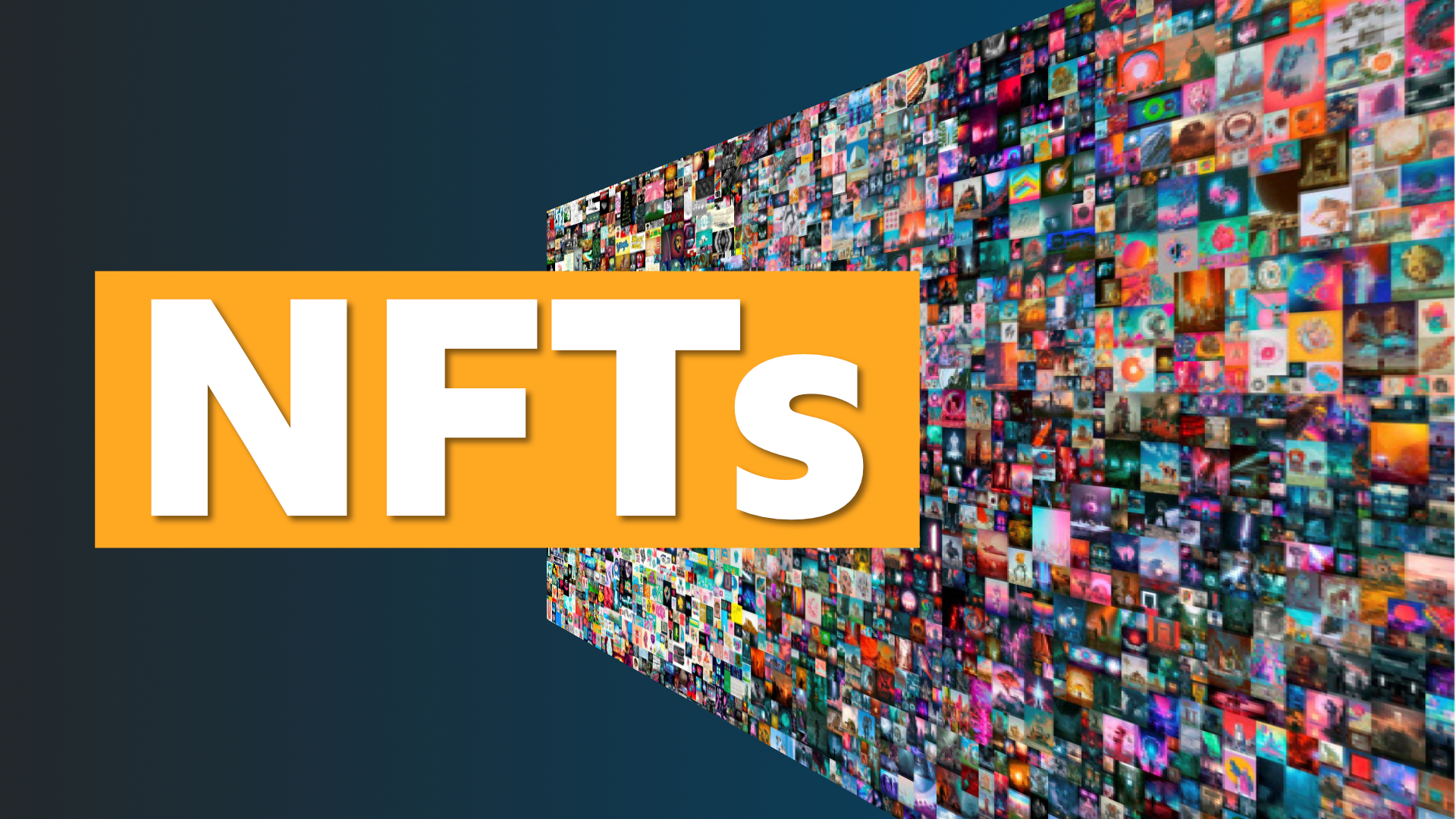Ethereum: Exploring the Usability Revolution
 In the dynamic landscape of blockchain and cryptocurrencies, Ethereum has emerged as a groundbreaking platform that extends beyond being just a digital currency. While Ethereum is indeed home to the world's second-largest cryptocurrency, Ether (ETH), its true potential lies in the versatility and usability it brings to the decentralized world. In this blog post, we will delve into the remarkable usability of Ethereum, exploring its smart contract capabilities, decentralized applications (DApps), and the transformative impact it has on various industries.
In the dynamic landscape of blockchain and cryptocurrencies, Ethereum has emerged as a groundbreaking platform that extends beyond being just a digital currency. While Ethereum is indeed home to the world's second-largest cryptocurrency, Ether (ETH), its true potential lies in the versatility and usability it brings to the decentralized world. In this blog post, we will delve into the remarkable usability of Ethereum, exploring its smart contract capabilities, decentralized applications (DApps), and the transformative impact it has on various industries.
Smart Contracts: The Building Blocks of Usability
At the core of Ethereum's usability lies the concept of smart contracts – self-executing contracts with the terms directly written into code. These programmable contracts automate and enforce the terms of an agreement without the need for intermediaries, revolutionizing the way transactions and agreements are conducted. From financial services to real estate and supply chain management, smart contracts on Ethereum offer unprecedented efficiency, transparency, and security.
Decentralized Applications (DApps): Redefining User Experiences
Ethereum's usability extends beyond traditional financial transactions. Decentralized applications, or DApps, leverage the Ethereum blockchain to create open-source software that operates without a central authority. These DApps span a multitude of industries, including gaming, healthcare, social media, and more. By removing the need for intermediaries and centralized control, Ethereum-powered DApps offer users enhanced privacy, security, and control over their data and digital interactions.
DeFi: Democratizing Finance with Ethereum
Decentralized Finance, or DeFi, represents a paradigm shift in the financial landscape, and Ethereum stands as its primary enabler. Through Ethereum-based protocols and smart contracts, users can access a wide range of financial services such as lending, borrowing, decentralized exchanges, and yield farming. DeFi not only provides financial inclusivity to the unbanked but also challenges traditional financial systems by offering transparent, permissionless, and borderless financial solutions.
NFTs: Empowering Digital Ownership
Ethereum's usability has reached new heights with the advent of Non-Fungible Tokens (NFTs), which are unique digital assets representing ownership of a specific item or piece of content. From digital art to virtual real estate, NFTs have created a thriving ecosystem of digital ownership and value exchange. Ethereum's robust smart contract capabilities ensure the authenticity and scarcity of NFTs, revolutionizing the way we perceive and trade digital assets.
Interoperability and Ethereum 2.0: Paving the Way Forward
Recognizing the importance of scalability and energy efficiency, Ethereum is undergoing a significant upgrade known as Ethereum 2.0. This upgrade aims to enhance the network's performance, making it more scalable, secure, and sustainable. Moreover, Ethereum's commitment to interoperability ensures seamless integration with other blockchain networks, fostering collaboration and expanding the usability of decentralized technologies.
Conclusion: Ethereum's Usability Revolution
In conclusion, Ethereum's usability goes far beyond its role as a cryptocurrency. With smart contracts, DApps, DeFi, NFTs, and ongoing upgrades like Ethereum 2.0, Ethereum has become a catalyst for transformative change across diverse industries. Its decentralized nature, coupled with the power of blockchain technology, empowers users, fosters innovation, and reshapes traditional paradigms. As Ethereum continues to evolve, its impact on the usability of decentralized applications is poised to define the future of a more transparent, secure, and interconnected digital world.






































